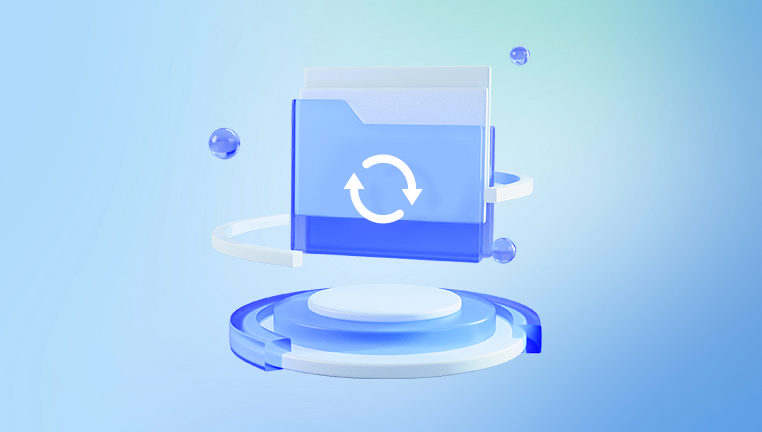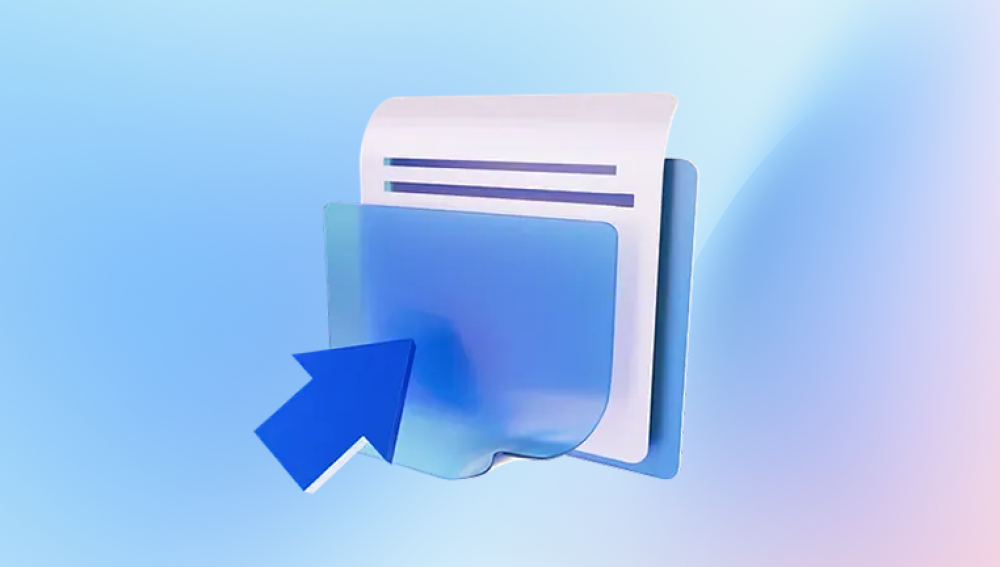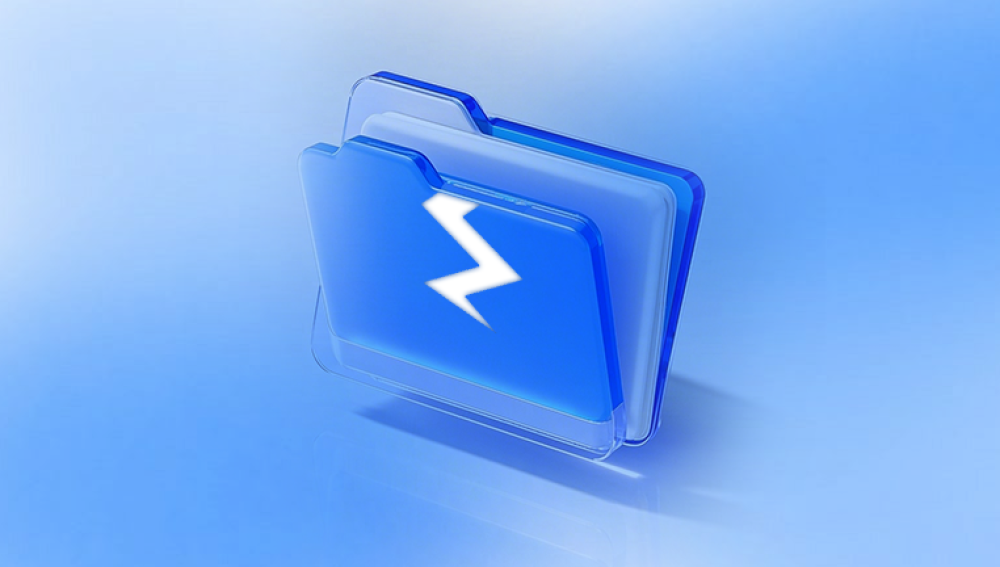Few things feel more stressful than losing a Word document you’ve been working on especially if it’s a deadline-sensitive report, a school assignment, or a personal project you’ve poured hours into. It often happens suddenly: you close the document without saving, Word crashes, the power goes out, or you realize later that the file is gone from its folder entirely.
The causes of lost Word documents fall into a few categories:
Unsaved changes — You created or edited a document but didn’t save it before closing Word.
Accidental deletion — You deleted the file and later realized you still need it.
Corruption — The file exists but is damaged and can’t be opened normally.
Overwriting — A new file was saved with the same name, replacing the original.
Storage issues — A problem with the hard drive, USB stick, or cloud sync caused the file to vanish.
The good news is that Microsoft Word and Windows have built-in recovery tools — and when those aren’t enough, third-party recovery programs can often help. Even if the file seems gone, it might still be recoverable, because deletion doesn’t immediately erase the file’s contents; instead, the space is simply marked as “available” for new data. The sooner you act, the better your chances.

1. Check for Recently Unsaved Documents in Word
If your file disappeared because you didn’t save before closing, Microsoft Word’s AutoRecover feature may still have it.
Steps (Word 2010. 2013. 2016. and later):
Open Word.
Click File → Info → Manage Versions → Recover Unsaved Documents.
A list of unsaved files will appear. Look for the one you were working on.
Open it, then immediately Save As to a safe location.
Tip: The AutoRecover interval can be set under File → Options → Save. Reducing the default 10-minute interval to 1–5 minutes will help protect future work.
2. Open the Document Recovery Pane After a Crash
When Word crashes, it often reopens with a Document Recovery pane on the left, showing recovered versions. If you see your file there, click it, review, and save it right away.
3. Manually Locate AutoRecover Files (.asd)
If Word’s built-in menu doesn’t find the document, the raw AutoRecover files might still be on your system.
Default Windows 7 AutoRecover path:
mathematica
CopyEdit
C:\Users\\AppData\Roaming\Microsoft\Word\
Search for files ending in .asd. Double-click to open in Word, then save normally.
4. Search for Temporary Files (.tmp)
Temporary files are another safety net. Word creates them in the background as you work.
Steps:
Press Windows + R → type %temp% → press Enter.
Look for files starting with ~ or WRL and created near the time of your work.
Change the file extension to .docx if necessary, then try opening in Word.
5. Use the “Recover Text from Any File” Option
If the file is corrupted but still exists:
Open Word → File → Open.
In the file type menu, select Recover Text from Any File.
Open your damaged document.
Save recovered text as a new file.
You may lose formatting, but the core text often survives.
6. Check the Recycle Bin
If you recently deleted the document:
Open the Recycle Bin from the desktop.
Search or browse for the file.
Right-click → Restore.
7. Search the Entire Drive
If you suspect the file was moved:
Click Start → type part of the file name.
Or search for all Word files:
markdown
CopyEdit
*.docx *.doc
Check results carefully.
8. Restore Previous Versions of the Folder
Windows 7 can restore earlier folder snapshots.
Navigate to the folder where the file was stored.
Right-click → Properties → Previous Versions.
Pick a date before the loss.
Browse and copy the document.
9. Check Cloud Storage Trash
If you save to OneDrive, Dropbox, or Google Drive:
Sign in to your account.
Look for a Trash or Deleted Files section.
Restore the document if found.
10. Recover from Word Backup Files (.wbk)
If Always create backup copy was enabled in Word:
Search your system for .wbk files.
Open in Word and save under a new name.
11. Recover from Email Attachments or USB Copies
Check if you sent the document to someone or saved it to a portable drive. Even older versions might be retrievable.
12. Use a Data Recovery Program
Drecov Data Recovery
When a Word document is deleted or goes missing, the data often remains on the storage device until it’s overwritten by new files. Drecov Data Recovery scans the drive sector-by-sector to detect these hidden fragments, reconstructing them into complete and usable .doc or .docx files. This approach works for internal hard drives, external USB drives, SD cards, and other storage media.
How to recover a lost Word document with Drecov Data Recovery:
Install on a separate drive: Download and install Drecov Data Recovery somewhere other than the drive where the document was lost to avoid overwriting recoverable data.
Launch the program: Open Drecov Data Recovery and select the location or drive where the Word document was stored.
Choose a scan method: Use Quick Scan for recent deletions or Deep Scan for older, harder-to-find documents.
Preview the results: Drecov Data Recovery allows you to preview recovered files to confirm the correct document before restoring it.
Recover to a safe location: Save the restored document to a different drive or folder to prevent further data loss.
With its intuitive interface and support for common file systems like NTFS, FAT32. and exFAT, Drecov Data Recovery makes Word document recovery accessible even to non-technical users. Acting quickly improves your chances of full recovery, ensuring your valuable work isn’t lost permanently.
13. Command Prompt File Attribute Fix
If the file exists but is hidden:
bash
CopyEdit
attrib -h -r -s /s /d X:\*.*
Replace X: with your drive letter.
14. Repair Storage Device Errors
Run CHKDSK to repair a drive that may have caused the loss:
bash
CopyEdit
chkdsk C: /f
Replace C: with the correct drive.
15. When to Contact a Professional
If your drive is physically damaged or recovery software fails, a professional lab can often retrieve the file — though this can be costly.
16. Preventing Future Loss
Enable AutoSave in Word.
Keep multiple backups (external + cloud).
Use a UPS to prevent power-related loss.
Save incrementally with different filenames.
A lost Word document isn’t necessarily gone forever. Word’s recovery features, Windows backups, and data recovery tools give you multiple chances to bring it back. The key is acting quickly, avoiding writing new data to the affected drive, and working through the recovery options in order from the simplest to the most advanced.




